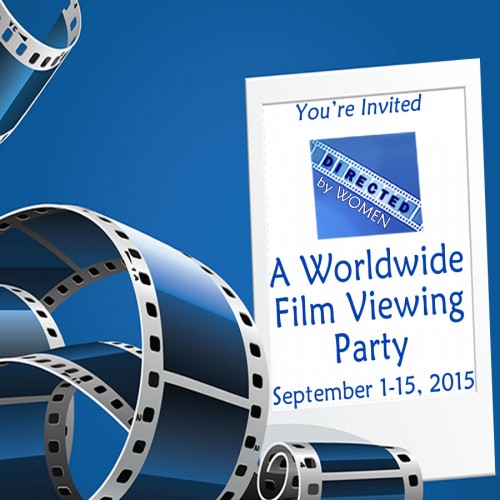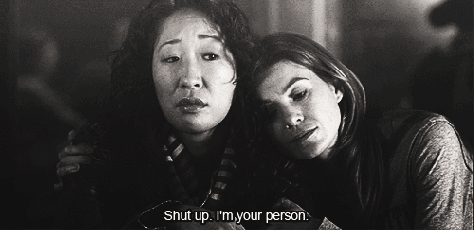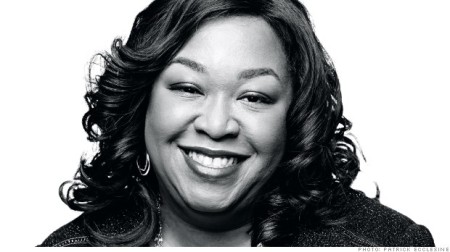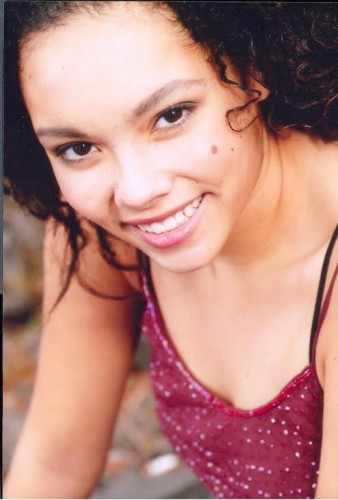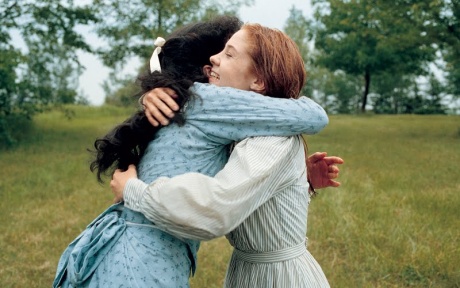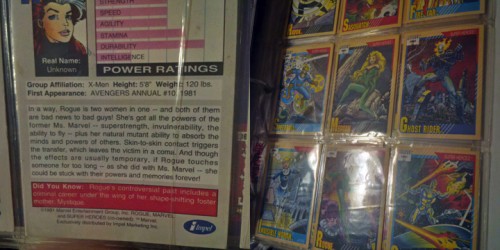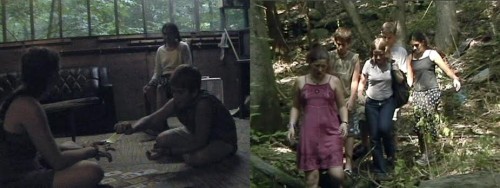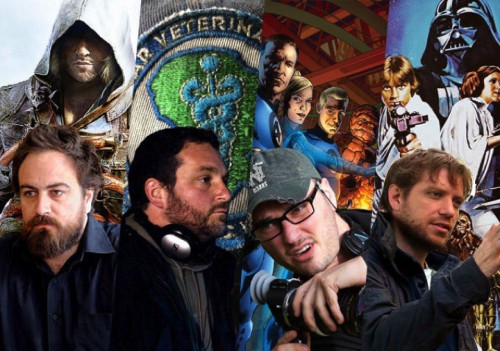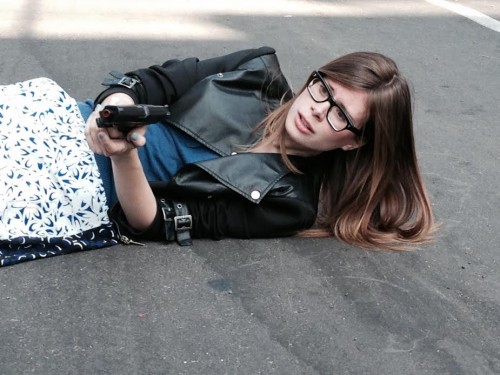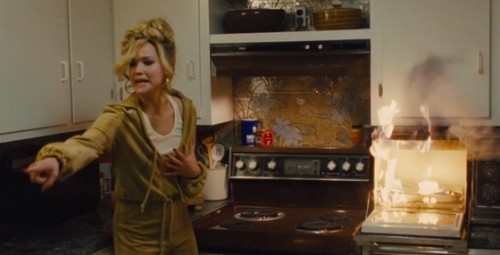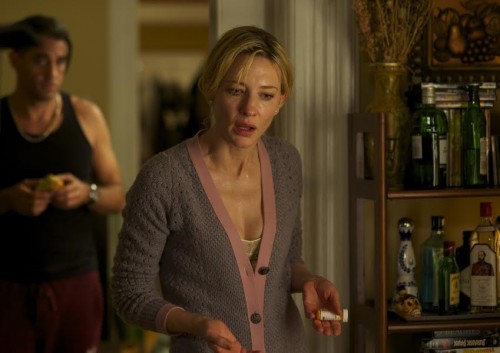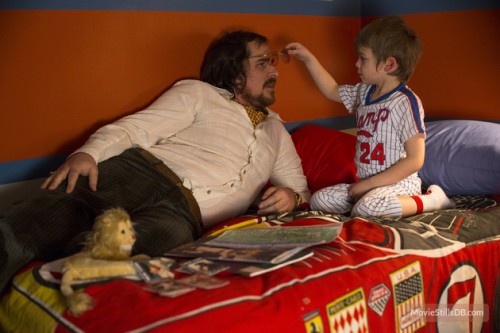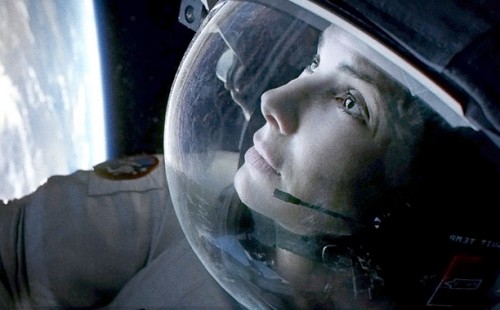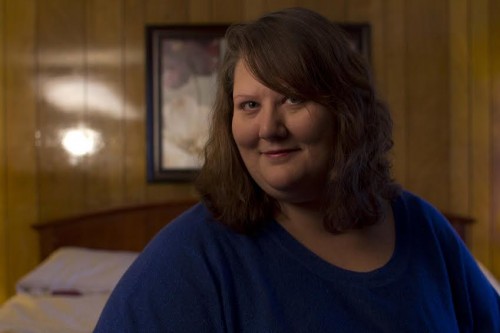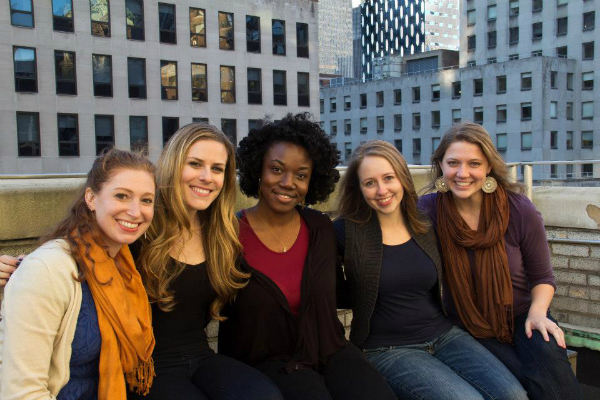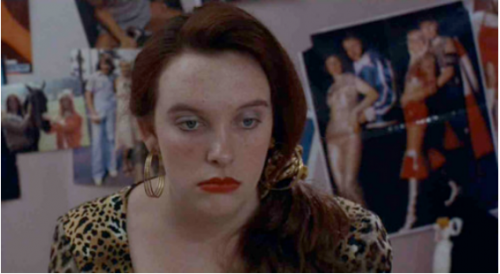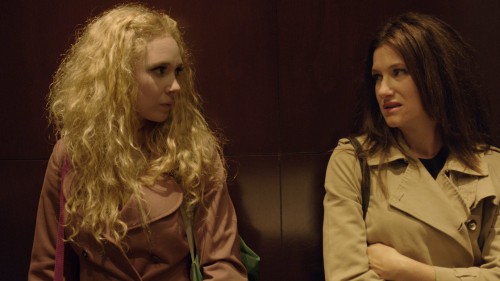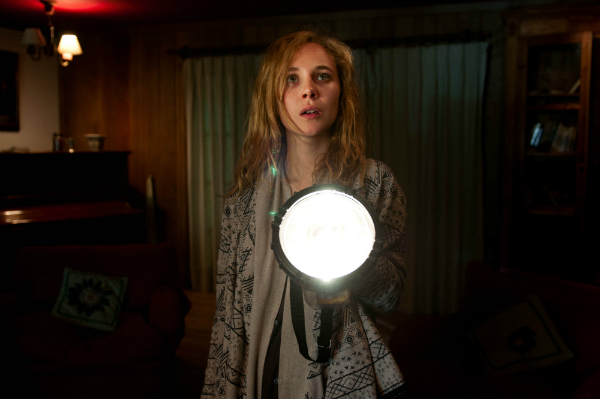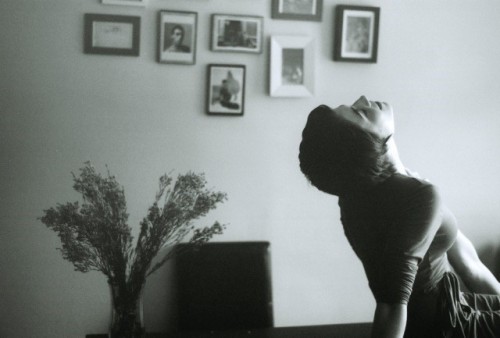This is a guest post by Barbara Ann O’Leary.
We are living in an age where there is an explosion of films #DirectedbyWomen. That’s cause for celebration, but an enormous number of women filmmakers are working below the radar or on the fringes of awareness in the global film community. The result? Many film lovers are being left in the dark. They’re missing out on a rich vein of film treasures. Let’s draw films #DirectedbyWomen up into the light, so we can explore and appreciate them. Let’s help the world fall madly in love with and wildly celebrate women filmmakers and their films.
Go ahead… fall in love! No need to wait. Any moment is a perfect moment to relish films #DirectedbyWomen, but we want to concentrate that love by bringing the global film community together for a powerful 15-day worldwide film viewing party next year: September 1-15, 2015. During this intense and exuberant celebration, film lovers will gather together in their communities around the world for film screenings, guest filmmaker visits and other celebrations, focusing attention on and offering appreciation for women filmmakers and their work.
We want to be sure to give everyone plenty of time to plan, so we’re launching this initiative with over a year to prepare. Film lovers/makers – women and men – everywhere are invited to create #DirectedbyWomen film viewing parties in every corner of the world.
There’s so much beautiful work unfolding and so much more ready and eager to burst forth. Let’s embrace films #DirectedbyWomen with open arms. Let’s stand ready to receive them. Let’s say YES to the films women are creating. Let’s say “I WANT TO SEE FILMS #DIRECTEDBYWOMEN!” Let’s bring the films into our lives… into our communities… proactively. Let’s watch the films with attention and appreciation. Let’s share our responses to these films with the makers and with each other passionately. Let’s say “THANK YOU!” to the makers. Let’s say, “MORE please!” Let’s open greater opportunities for women filmmakers to create and share their work through the power of celebration and appreciation. Let’s step up to repeat this process.
I think it’s time for a worldwide film viewing party. I’m sending out this invitation to you and to every film lover on the planet. Everyone’s invited to co-create a global celebration next year. The only thing required in order for us each to gather with friends next year in September to watch films #DirectedbyWomen is our intention to do so, BUT if we want to be able to create a celebration that raises awareness about women filmmakers and their work on a global scale, we need resources to reach as many people as possible, extend invitations, brainstorm event celebration ideas, share information about films #DirectedbyWomen and how to arrange screening rights, coordinate event and venue information, create podcasts, generate Wayfinder Tributes to honor the individuals and groups who pour their energy into supporting women filmmakers, and other actions that will help the celebration flourish everywhere.
We’re thrilled to be offering our crowdfunding campaign on Seed & Spark. Their invitation to include this project on their Independent Film Championing platform signals that major perceptual shifts within the film community are happening now and will continue to unfold rapidly as more filmmakers and film lovers stop up to embrace films #DirectedbyWomen. Seed & Spark’s innovative approach to crowdfunding, which includes opportunities for supporters to back financially or to provide in kind contributions, makes it a tremendous place to build community and come together to bring this global celebration into being.
It’s exciting to be part of this adventure into deep appreciation and wild celebration of films #DirectedbyWomen. Let’s celebrate!
Barbara Ann O’Leary, Indiana University Cinema’s Outreach Specialist, loves to help people engage authentically. Recent projects include: #DirectedbyWomen, a worldwide film viewing part; Every Everything: The Music, Life & Times of Grant Hart (Executive Producer); Indy Film Festival (World Cinema Jury [2014] & Screening Committee [2013]); Indiana Filmmakers Network Made in Bloomington Film Series (Programmer); Bloomington Screenwriting Community (Founder/Facilitator). She’s available to work one to one with people who would like support in making the perceptual shifts that will align them more deeply with their authentic creative core.
